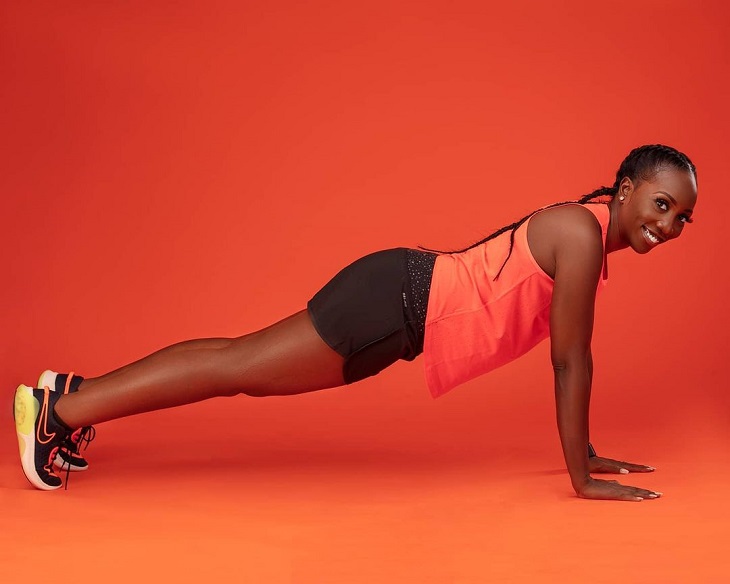
In fitness courses and training theory, stretching is the be-all and end-all. But there are also critics. Read more to know if and when stretching makes sense.
Even in physical education, stretching was the be-all and end-all. To warm up before and to regenerate after the active phase. A round of stretching is also part of fitness courses and training in general. But there are also critics of stretching who consider such exercises to be a complete waste of time after exercise. Read here how you can use stretching sensibly.
What does “stretching” mean?
Stretching means nothing more than the stretching we are familiar with. The muscles to be stretched are put under tension for a few seconds in order to remain elastic and to promote mobility and flexibility There are two types of stretching: Static and dynamic stretching. The first means stretching exercises in which the muscle is held for 20-30 seconds. In dynamic stretching, a slight bounce is added to the stretch.
The decision of dynamic or static stretching depends on your fitness level. Static stretching is more suitable for beginners who have not yet trained that much. This type of stretching does not allow for mistakes so quickly, which in turn can lead to additional tension. For trained athletes, dynamic stretching is particularly suitable before sport : the slight bouncing or rocking of the muscle prepares you for physical exertion, which helps to avoid injuries and also prevents muscle soreness.
Why is stretching important during exercise?
Stretching has many functions and benefits. Stretching the muscles warms them up and prevents injuries by activating the fascia before exercising. In addition, joints remain flexible through regular stretching and the muscles remain elastic and supple. After exercise, stretching exercises help with regeneration and promote physical and mental relaxation.
Due to the influences of everyday life – little exercise, a lot of sitting – muscular imbalances arise. This means that some muscles are stronger than others while other muscles are shortened. If you exercise these muscles without stretching, this imbalance will perpetuate and become entrenched. In order to somehow keep up the sports unit, you fall into an unhealthy protective posture that promotes pain and tension after sports. The shoulder and neck muscles, the back and thigh muscles are affected. The hip and buttock muscles also suffer from too much sitting. Proper stretching can compensate for the imbalances in order to adopt the right posture during sports.
When stretching, however, you should make sure that the exercises are performed correctly. If you only see the exercises after sport as a necessary evil and if you do them wrong, stretching can turn from an advantage to a disadvantage and cause additional tension and pain. So you should take your time stretching each muscle so you can focus on it. If you are tired or overworked after exercising, you can wait until after the shower to stretch.
Stretching: How often should I stretch?
Excessive stretching can be counterproductive. The exercises are not always indispensable. For example, well-trained people who move frequently and do not suffer from any discomfort do not need to stretch after exercise. Before exercising, it can help to warm up by stretching. However, if you suffer from tension, you should not do without stretching. Rather, if you have tension, you should do the individual stretching exercises a little longer, up to 60 seconds.
So-called hypermobile people should use stretching sparingly. Hypermobility can be recognized by frequent twisting or stretched elbow and knee joints. The muscles are already elongated anyway, and additional stretching can cause injuries. Strength training on the training plan makes more sense here to increase the tension in the muscles.